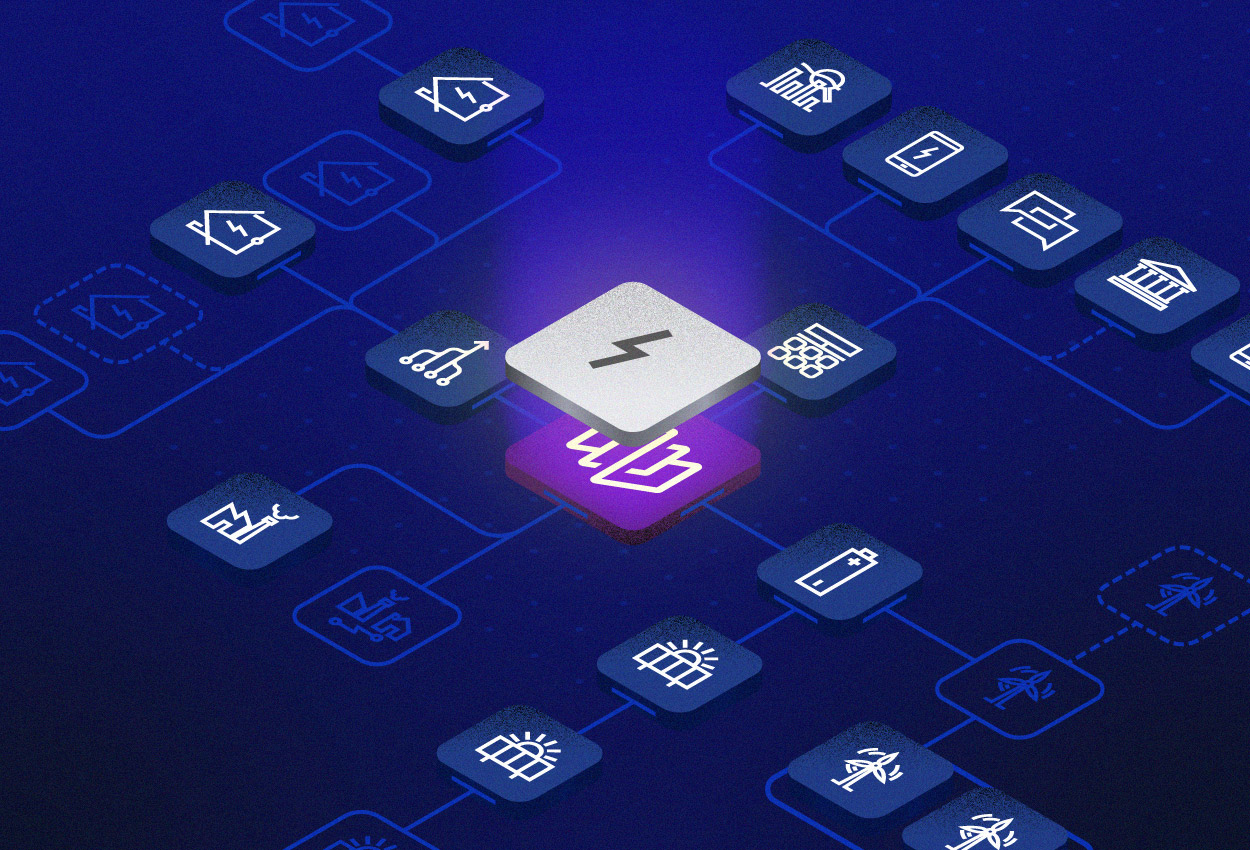Flux Federation | 4 July 2022


Back in 2015, Tom Goodwin wrote an article that said: “Uber, the world’s largest taxi company, owns no vehicles. Facebook, the world’s most popular media owner, creates no content. Alibaba, the most valuable retailer, has no inventory. And Airbnb, the world’s largest accommodation provider, owns no real estate.”
While the energy sector is one of the last major industries to undergo this level of disruption, the sentiment of Tom’s blog remains pertinent nine years later - the companies that break the energy mould will not necessarily own generation assets, distribution lines or have prior experience in energy retail. It will be those who think outside the parameters of what we have always known that will reshape the way we generate, store, move, and consume energy.
Think about the taxi industry when Uber began its rapid growth. If established energy sellers become too focused on daily operations, it could be difficult to keep pace should a disruptor enter the market and do things completely differently. While day-to-day operations are critical for retailers, it’s important not to lose sight of the changing needs of customers beyond receiving a bill for their energy use. A topic we have talked about recently.
Global companies in other sectors (like Netflix, Google, and those mentioned in Tom Goodwin’s statement) have reshaped consumer expectations on the customer experience. What was once exceptional, has now become baseline. And there’s no industry exempt from these expectations. Should other players decide to disrupt the energy space (like Google and Apple, who have already expressed a growing interest to achieve their own sustainability goals), incumbent energy sellers could find themselves in unfamiliar waters.
Let’s look at this in the context of the energy sector’s challenges with operationalising new energy products like Virtual Power Plants (VPP) and Electric Vehicles (EV). If you have a legacy billing platform that requires valuable time and resources just to manage business-as-usual operations (such as configuring new tariffs), there will be little (or no) time left for executing strategic initiatives around evolving value propositions and preparing for any required technology changes or tech stack additions. And that leaves the innovation space wide open for Google, Apple, and more.
In his blog, Tom Goodwin describes ‘interface owners’ as companies that represent comparatively thin layers on top of vast supply systems that launch pilot programmes that could dismantle vertical models.
These companies likely won’t have anywhere near the energy experience of incumbent sector players, but it is their command of software and building accessible and user-friendly platforms that will ultimately break the traditional energy model.
If we look at what is happening in the energy space, software has been a key enabler of new renewable energy propositions, like VPP. Because VPPs consist of multiple geographically distributed sources of power controlled by remote aggregation and software, the key to successful operation is in having a highly functional VPP platform that controls the distributed energy resources in response to market signals, such as wholesale prices or grid constraints.
A company that manages a VPP does not need to own the power generation, the property that the distributed energy resources sit on, or even the lines that distribute power to the different VPP participants. All it needs is a centralised platform with a smooth and easy customer experience that demonstrates cost savings to its users, and it will attract customers without having to cover costs of the generation, properties and power lines that enable it.
Pilot projects centred around multiple trading relationships (MTRs), are also in motion. An MTR is another means for excess distributed generation to be shared by contracting with more than one power supplier at a single location. In 2022 a world-first MTR pilot project began in New Zealand to determine if it could be an option for reducing costs and driving more competition into the retail market. The pilot project worked with a farmer with five electricity connection points on his property as well as two solar installations. The aim was for the farmer to share his electricity with others in the community who are using different energy retailers.
And last year, another world first pilot was launched to integrate distributed energy resources of approximately 11,000 individual homes with state-of-the-art VPP technology to help manage winter peak demand.
The new energy economy moves away from traditional linear energy generation and distribution models to decentralised, multi-directional interactions. This model enables participants to play multiple roles and create a much more active marketplace.
One thing that won’t change with the development of new energy technologies, is the requirement to transact and bill the services in a pain-free way for the end user. But consumers’ excitement for these new propositions would quickly wane if they started receiving multiple bills for participating in all of them.
Flux’s next generation billing platform can quickly and easily be configured to design new tariffs for any type of new (or old) energy proposition without the need for external dev time. And if we go back to our earlier point about legacy technology getting in the way of progression, perhaps it’s time to start thinking about whether your billing platform is going to see you through to tomorrow.
If you’re needing to mobilise your vision for the future of energy or would like to know more about how Flux can prepare you for the new energy future, speak to one of our energy experts today.

Sign up for the latest updates in technology, changes, regulations, and new energy products from Flux.